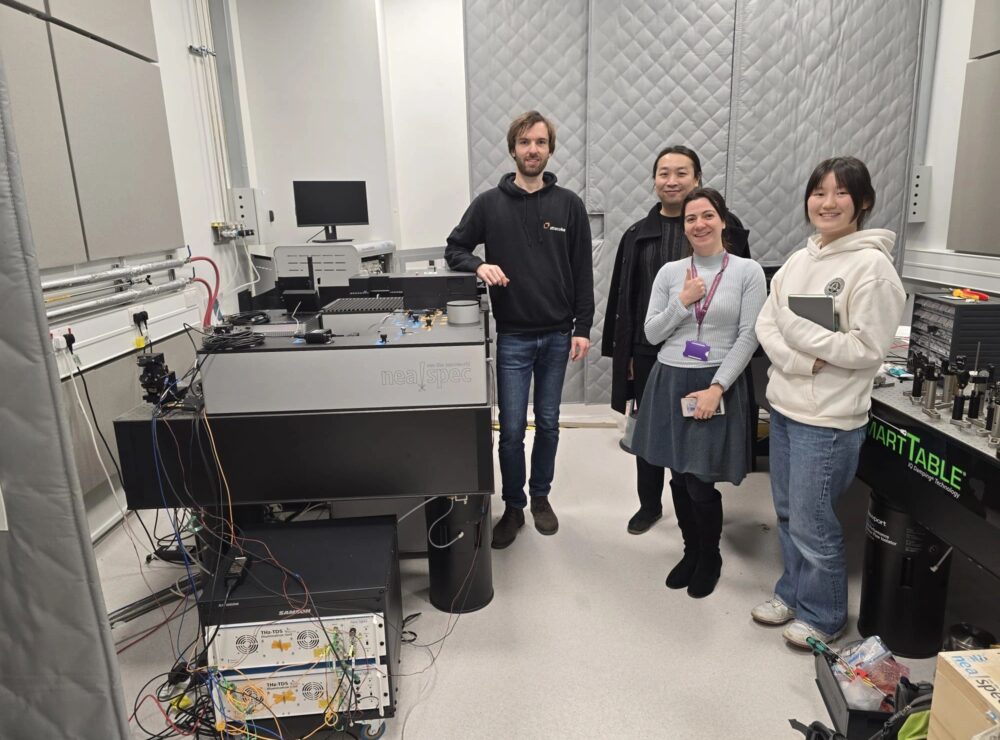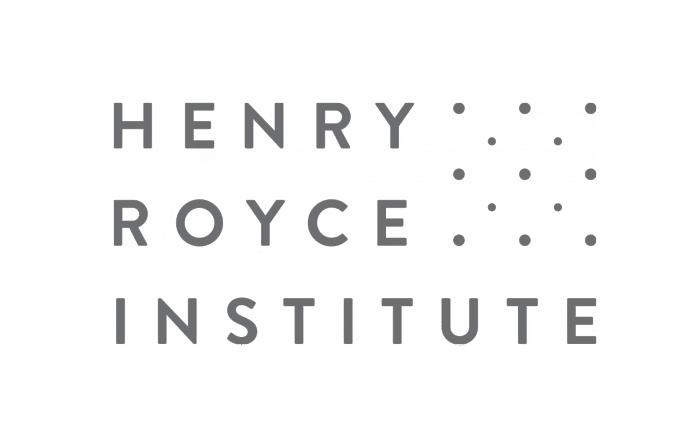This website uses cookies so that we can provide you with the best user experience possible. Cookie information is stored in your browser and performs functions such as recognising you when you return to our website and helping our team to understand which sections of the website you find most interesting and useful.
Cryogenic Ultrafast Scattering-type Terahertz-probe Optical-pump Microscopy (CUSTOM) capability
The CUSTOM facility consists of a suite of scattering-type scanning near-field optical microscopy (s-SNOM) systems that can operate from the visible to the THz range. The systems offer material characterisation on nanometre length scales with ultrafast temporal resolution, enabling 2D mapping of local dielectric function and time-resolved dynamics with nanometre spatial resolution.

- Partner:The University of Manchester
- Availability:Available
Or call us now on 0161 275 8382
Detailed Description
The CUSTOM facility uses s-SNOM systems to perform near-field imaging and spectroscopy on nanometre length scales. These systems are not diffraction-limited, enabling us to image materials and characterise their properties on length scales significantly smaller than the wavelength of light. For example, when imaging with THz radiation that can have mm-wavelengths, we can image properties on nanometre length scales!
In an s-SNOM system, a light source is focused on to the apex of a nanoscale tip within an atomic force microscopes (AFMs). As the AFM tip is deeply sub-wavelength, the electric field of the light undergoes strong field confinement at the tip apex. The probing volume is on the same order of the radius of curvature of the tip, significantly below the diffraction limit. In our systems, the AFM tips are approximately 30nm, so we achieve 30nm spatial resolution! When the light is coupled to the tip, the near-fields at the apex of the tip interact with the sample, probing its local dielectric function. Information about the sample is then encoded onto the near-field of the source. This near-field can be scattered back into the far-field and detected. By tapping the tip up and down and modulating the measured signal at the tapping frequency, we can directly measure the near-field signal that has interacted with the sample and therefore measure its local properties on these nanometre length scales.
Further details can be found on allthingsterahertz.com
Uses/Applications
Local dielectric function or permittivity
Local absorption and reflectivity
Vibrational modes or molecular bond resonances
Electrical conductivity
Photocurrent
Carrier dynamics (e.g. diffusion, carrier lifetime)
Propagating modes (e.g. plasmon polariton, exciton polariton modes)
Plasmonic resonance (e.g. metamaterials)
The capabilities of CUSTOM include:
· Low temperature (down to 10K) and room-temperature operation
· Nanometre (~30 nm) spatial resolution
· Broadband operation in the MIR (5 – 15 um) and THz (0.1 – 4THz) frequency ranges
· Narrowband operation in visible and NIR range
· Flexibility to couple bespoke light sources to SNOM
· Pump-probe operation (~ 800 nm pump, THz probe)
· Time-resolved terahertz spectroscopy (with ~80 fs temporal resolution)
· Simultaneous imaging of amplitude, phase and topography
· Hyperspectral mapping
· Surface-sensitivity
· Tapping-mode operation to extract near-field information
· Nanotomography (3D mapping)

